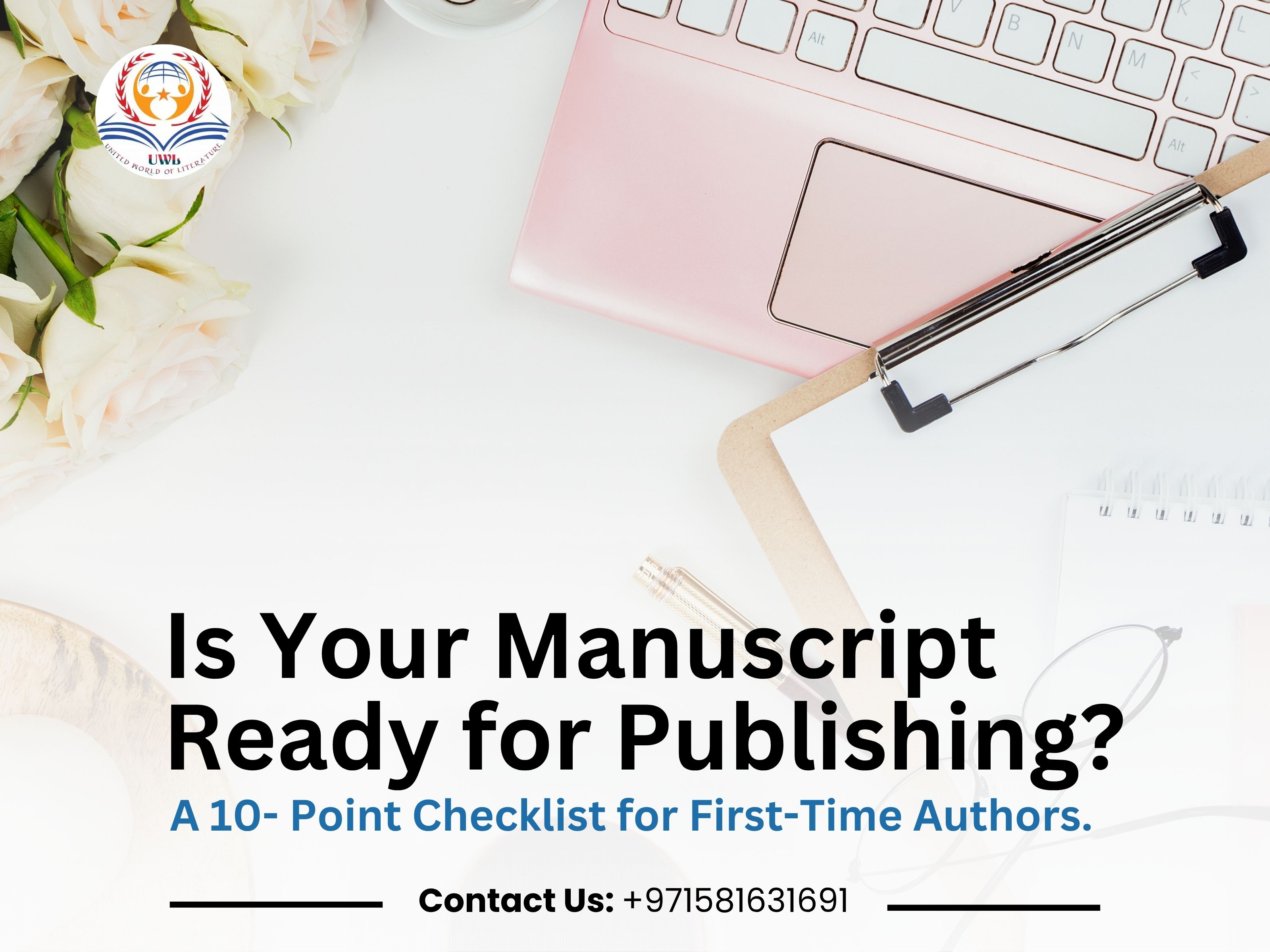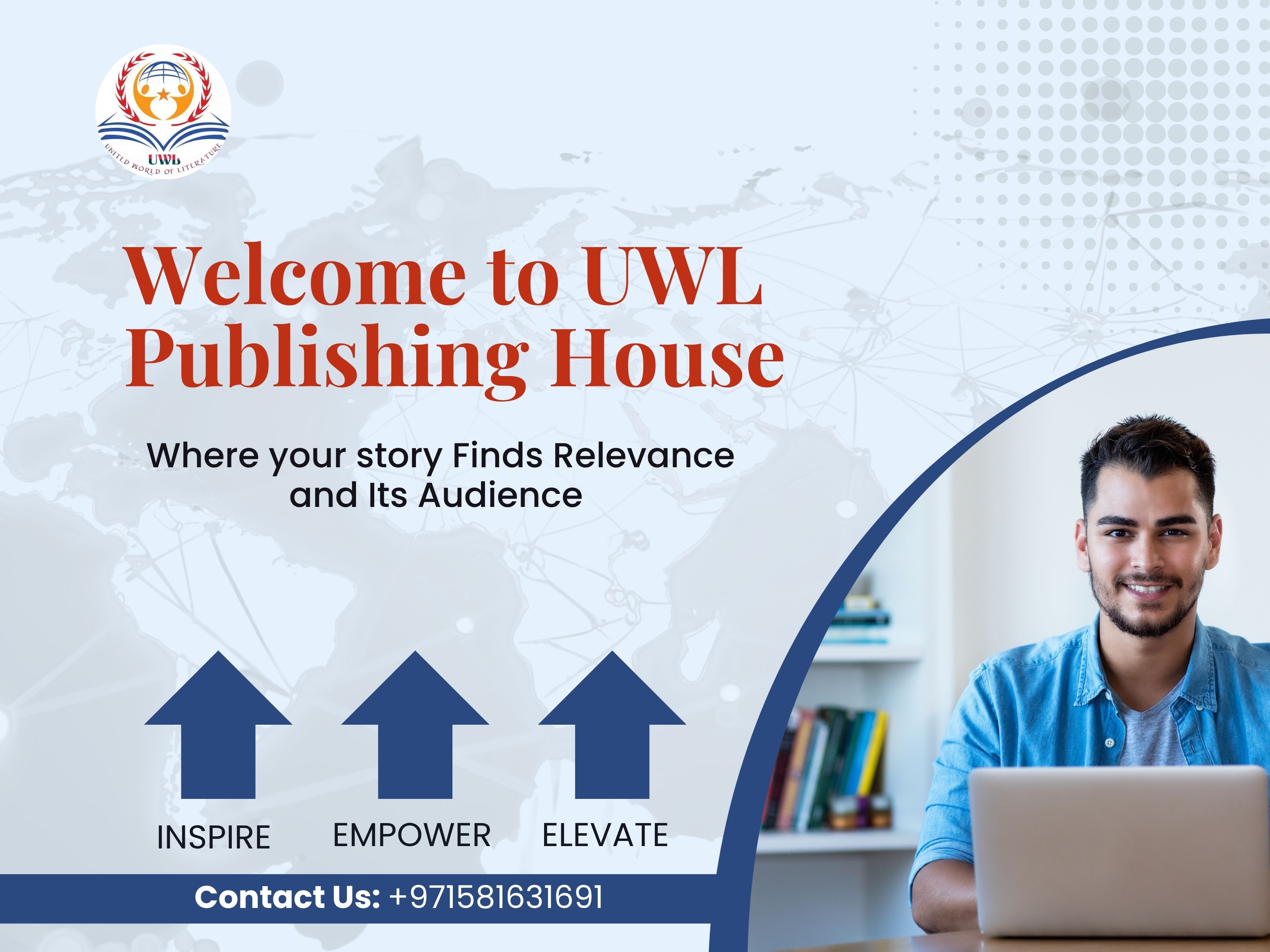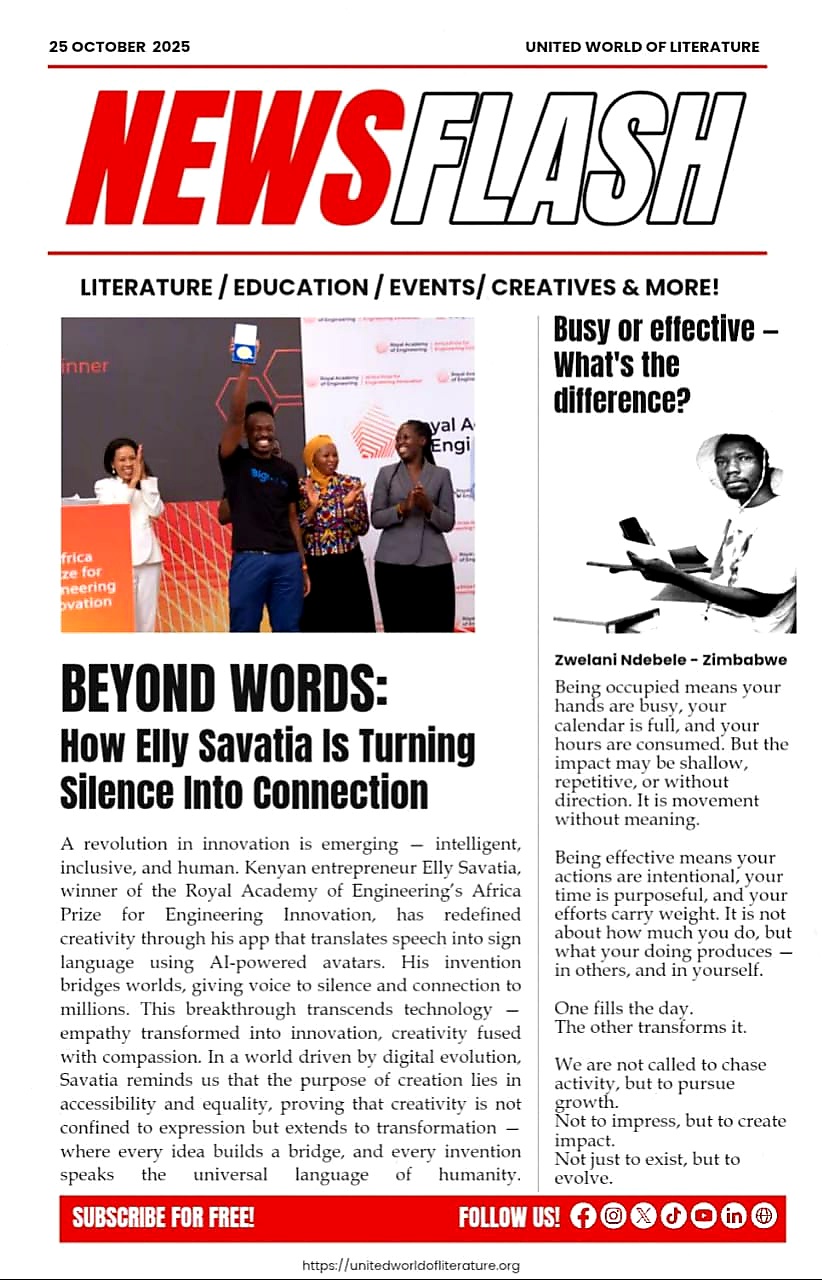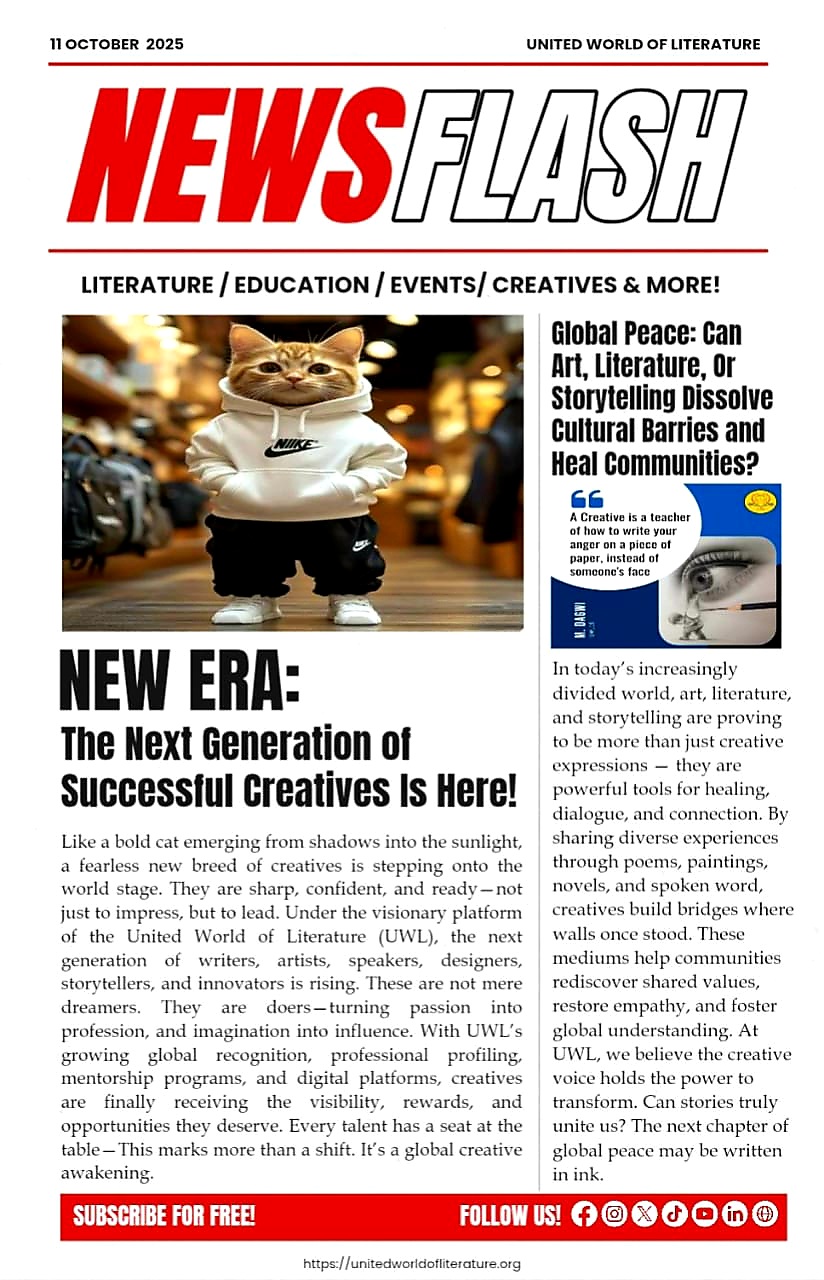
 Admin
Admin- 30 October 25
Is Your Manuscript Ready for Publishing? A 10-Point Checklist for First-Time Authors.
In this candid and clear guide, explore traditional, self-publishing, and traditional techniques. We weigh the pros and cons, costs, and timelines, to help you choose the best option for your book and overall goals. Also, we outline why UWL Publishing House offers you control, professional support and far royalties for authors ready to propel their craft to the next level.
Completing the final draft of your manuscript is a huge achievement. However, before submitting for publication, it is advisable you run your work through this practical manuscript ready checklist. Go through it and learn how to know your manuscript is ready, and also to guide subsequent edits that determine if your draft is submission, reader, and market-ready.
Designed to be honest and actionable for first-time authors, this checklist will give you the greenlight to proceed with confidence.
Can you describe the core idea in a single sentence?
If you find it difficult to summarize your book in one sentence, it could be an indication your story or content lacks focus. A one-sentence punchline comes in handy with marketing, blurbs, and query letters.
Does the book’s opening instantly draw in the reader?
The first page should establish tone, voice, and stakes. If the curiosity of readers is not triggered in page one, consider rewriting or tightening the opening scene.
Is your structure clear and consistent?
Pay close attention to your book’s overall arc: Beginning (set-up), middle (complications), end (resolution). Try to spot a sagging middle or rushed finish and strike a balance.
Do your characters or main ideas evolve?
The main characters should be after something and change as the story unfolds. In non-fiction books, your theory should develop and gain authority. In case growth is absent, add evidence or scenes that reflect notable change.
Are featured scenes purposeful and necessary?
Every scene needs to advance the plot, deepen the theme, and unmask character. Get rid of repetition, filler content, or scenes that solely summarize ongoings that occurred elsewhere.
Are you showing instead of telling?
Readers tend to engage with sensory detail and action. Substitute long summary paragraphs with scenes that allow the reader to experience events through dialogue and characters.
Is your dialogue functional and natural?
Read the dialogue out loud. Make sure speakers have unique voices and that conversations reveal character or contribute to moving the story forward, as opposed to dumping exposition.
Is the prose clear and tight?
Get rid of repeated phrasing, passive constructions, and unnecessary words. Economical, strong sentences ensure the reader continues reading and showcase your authorial voice.
Have you checked consistency and mechanics?
Search for continuity errors, tense, or point of view (POV) slips, formatting, and grammar issues. Clean mechanics reflect professionalism and make it easier for editors to read your manuscript.
Who is your target reader? Does your book fit its intended audience?
Identify the reader you envision and compare your manuscript to titles of the same genre. Understanding where your book sits aids with the cover design, promotional decisions, and positioning.
What Next?
Once your manuscript has ticked all the boxes and you are satisfied, seek external feedback. This helps to expose blind spots you may have missed; join a critique group, or involve beta readers. For a professional second opinion, you can hire the services of a UWL accredited editor to take your manuscript to the next level – and eventually the actual publishing.





Leave A Comment
Your email address will not be published. Required fields are marked *